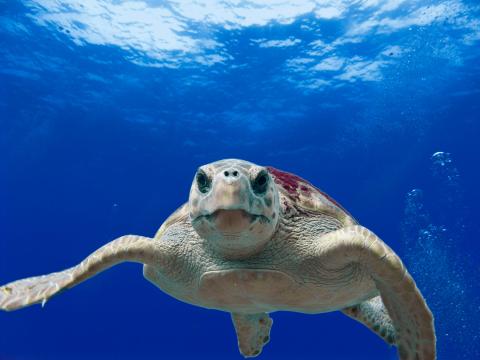The Open Ocean Trustee Implementation Group greatly appreciates all the ideas provided before the end of the Open Ocean project idea submittal period in May of last year. As highlighted during our April 2017 webinar, we organized submitted ideas and screened them based on the Trustee Council’s programmatic restoration plan and our restoration goals and priorities.
Ideas emerging from this initial screening are being reviewed and considered for additional development and evaluation. We received hundreds, and a number of them are helping shape project alternatives that will be included in two draft restoration plans available for public comment later in 2018.
Looking ahead, we will propose projects in Open Ocean Draft Restoration Plan 2, expected to be released for public comment near the end of calendar year 2018. Prior to its release, we will conduct outreach activities with stakeholders to gather information to assist us in our restoration planning efforts.
In Draft Restoration Plan 2 for the following restoration types, project development may consider these approaches:
- Sea Turtles: Reducing sea turtle bycatch in recreational and commercial fisheries; reducing entanglement with recreational fishing-based marine debris; conserving nesting beach habitat, collecting and integrating data to help monitor and track populations and evaluate progress in meeting our restoration goals.
- Marine Mammals: Reducing the risk of vessel collisions and other impacts such as human-made noise and disasters on marine mammal populations; collecting and integrating data to better understand and evaluate stressors threatening continental shelf and oceanic marine mammal populations.
- Fish and Water Column Invertebrates: Reducing mortality of coastal migratory pelagic, reef fish and highly migratory species by improving bycatch reduction devices, reducing barotrauma through the use of fish descender devices, improving tools and information for avoiding bycatch, and other activities.
- Mesophotic and Deep Benthic Communities: Improving understanding of these deep sea coral and ocean bottom communities to inform and maximize benefits of restoration, by mapping and assessing the areas where they occur, developing innovative techniques to restore corals injured by the spill, and reducing threats through active management and protection activities.
Stay tuned to our webpage or sign up for our Gulf Spill Restoration email bulletins for future updates.
Learn more about the notice to initiate Open Ocean Restoration Planning >


